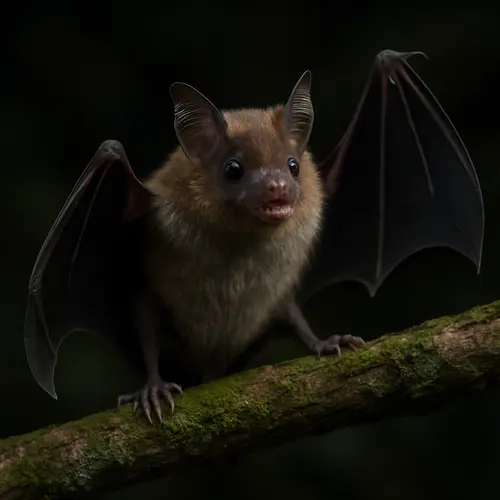Bat Virus Threat: One Mutation Away from Humans
For decades, scientists believed that coronaviruses found in bats rarely posed a threat to humans. However, new research suggests that one bat virus, known as HKU5, may be just a small mutation away from infecting people. This finding has sparked concern among virologists who warn of the potential for another global health crisis.
The Science Behind the Bat Virus Mutation Risk
Researchers from Washington State University, the California Institute of Technology, and the University of North Carolina studied merbecoviruses, a group related to the deadly MERS coronavirus. Their findings revealed that while many of these viruses show limited risk to humans, the HKU5 bat virus possesses alarming traits. It can bind to ACE2 receptors in bats, and with slight genetic changes, it may adapt to human ACE2 receptors.
Why the HKU5 Bat Virus Stands Out
Unlike other merbecoviruses, HKU5 has demonstrated the ability to cross species barriers. In some studies, it even jumped into minks, proving its adaptability. What makes this bat virus particularly concerning is that its spike protein structure resembles that of SARS-CoV-2, the virus responsible for COVID-19. This similarity suggests a pathway for future human infections.
The Role of AI in Understanding Bat Viruses
To better understand HKU5, scientists used AlphaFold 3, an artificial intelligence tool, to model how the virus might bind to receptors at the molecular level. The predictions closely matched traditional laboratory results, accelerating research into potential vaccines and treatments. This AI-driven approach allows researchers to anticipate how the bat virus might evolve, offering critical insights for pandemic preparedness.
Global Distribution and Spillover Risks
HKU5 viruses have been identified across Asia, Europe, Africa, and the Middle East. Their natural host is the Japanese house bat (Pipistrellus abramus), which often lives near human settlements. This proximity increases the risk of spillover events, where the bat virus could adapt and infect humans.
Preparing for the Future
Experts caution that while there is no evidence yet of HKU5 infecting people, its genetic makeup suggests it may be only a mutation away from doing so. The possibility of another zoonotic coronavirus outbreak highlights the urgent need for ongoing surveillance, the development of broad-spectrum antivirals, and global cooperation in health security.
Key Takeaway
The discovery of HKU5 serves as a stark reminder: nature harbors viruses with pandemic potential. Vigilance, scientific innovation, and global collaboration are essential to prevent the next crisis driven by a bat virus.
The following posts may interest you
Respiratory Syncytial Virus (RSV) Key Facts and Prevention
Eastern Equine Encephalitis Virus (EEEV): Symptoms, Risks
West Nile Virus (WNV): Symptoms, Risks, and Prevention
Sources
https://www.nature.com/articles/s41467-025-60286-3
https://www.sciencedaily.com/releases/2025/06/250612081312.htm

